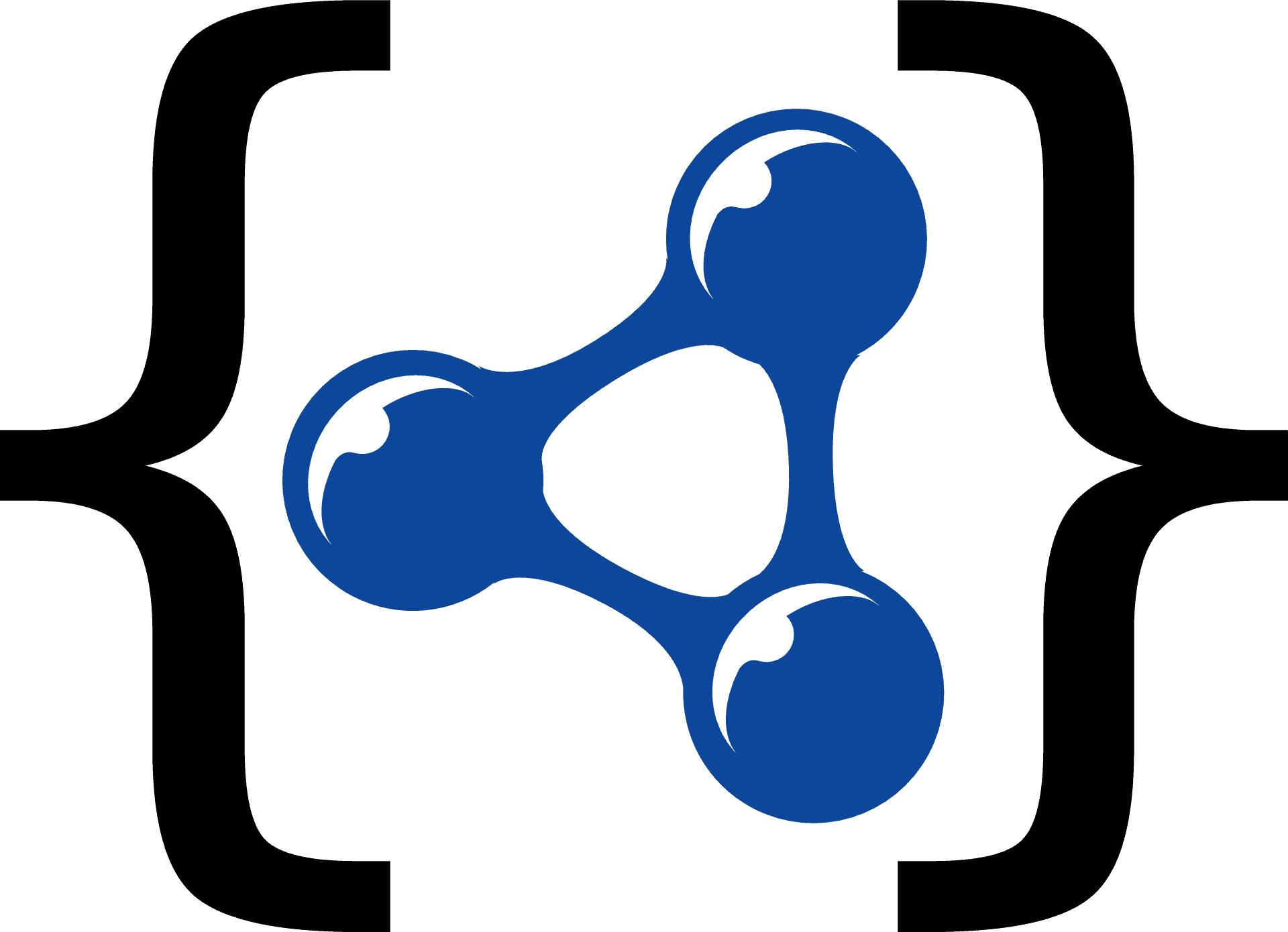

Transmat - Seamless cross web interactions
source link: https://google.github.io/transmat/
Go to the source link to view the article. You can view the picture content, updated content and better typesetting reading experience. If the link is broken, please click the button below to view the snapshot at that time.

Getting started
-
Install the library from NPM (version 0.2.0).
npm install transmat - Add a draggable and focusable element to your webpage.
<div id="myElement" draggable="true" tabindex="0"> Transmitter and receiver </div> - Listen for transmit events on the element.
Create a new Transmat instance for the event, and provide a object with mime-type / data.import {Transmat, addListeners} from 'transmat'; addListeners(myElement, 'transmit', event => { const transmat = new Transmat(event); transmat.setData({ 'text/plain': 'Hello world!', 'text/html': '<h1>Hello world!</h1>', 'text/uri-list': 'http://example.com', 'application/json': {foo:'bar'} }); }); -
Listen for receiving events on the element.
Create a Transmat instance for the event, and, in this case, only accept application/json payload.import {Transmat, addListeners} from 'transmat'; addListeners(myElement, 'receive', event => { const transmat = new Transmat(event); if (transmat.hasType('application/json') && transmit.accept()) { const payload = transmat.getData('application/json'); console.log(JSON.parse(payload)); } });
Observing transfer events
You can make use of the included TransmatObserver class to respond to drag activity. An example is at the this webpage, where the drop targets respond to the drag events.
import {TransmatObserver, Transmat} from 'transmat';
const obs = new TransmatObserver(entries => {
for (const entry of entries) {
const transmat = new Transmat(entry.event);
if(transmat.hasMimeType(myCustomMimeType)) {
entry.target.classList.toggle('drag-over', entry.isTarget);
entry.target.classList.toggle('drag-active', entry.isActive);
}
}
});
obs.observe(myElement);Minimal drag image
By default, HTML5 Drag and Drop API drag image is showing the rendered source element. When applying Transmat on top of existing drag-drop interactions you might want something more subtle instead.
Transmat comes with a small function that replaces this with a minimal alternative that still gives the feeling of dragging an object. Drag me for an example, and notice the checkered rectangle.
import {Transmat, addListeners} from 'transmat';
import {setMinimalDragImage} from 'transmat/lib/data_transfer';
addListeners(myElement, 'transmit', event => {
const transmat = new Transmat(event);
setMinimalDragImage(transmat.dataTransfer);
});Connecting the web, with JSON-LD
 While custom payloads are useful for communication between applications you have in your
control, it also limits the ability to transfer data to external apps.
JSON-LD (Linked Data) is a great universal standard for this;
While custom payloads are useful for communication between applications you have in your
control, it also limits the ability to transfer data to external apps.
JSON-LD (Linked Data) is a great universal standard for this;
- Easy to generate from JavaScript,
- Many predefined types at Schema.org,
- It can contain custom schema definitions.
JSON-LD might sound scarier than it is. Here’s an example of what this looks like for a Person:
const person = {
'@context': 'https://schema.org',
'@type': 'Person',
name: 'Rory Gilmore',
image: 'https://example.com/rory.jpg',
address: {
'@type': 'PostalAddress',
addressCountry: 'USA',
addressRegion: 'Connecticut',
addressLocality: 'Stars Hollow'
},
};
transmat.setData('application/ld+json', person);Transmat comes with several JSON-LD utilities to ease common interactions with the data.
By using JSON-LD data, you will support a connected and open web. Think of all the possibilities when you could transfer elements to other applications to continue your work. That would be great, right? This starts with you! ?
Learn more
More documentation and examples at the GitHub repository.
This is not an officially supported Google product.
Recommend
About Joyk
Aggregate valuable and interesting links.
Joyk means Joy of geeK